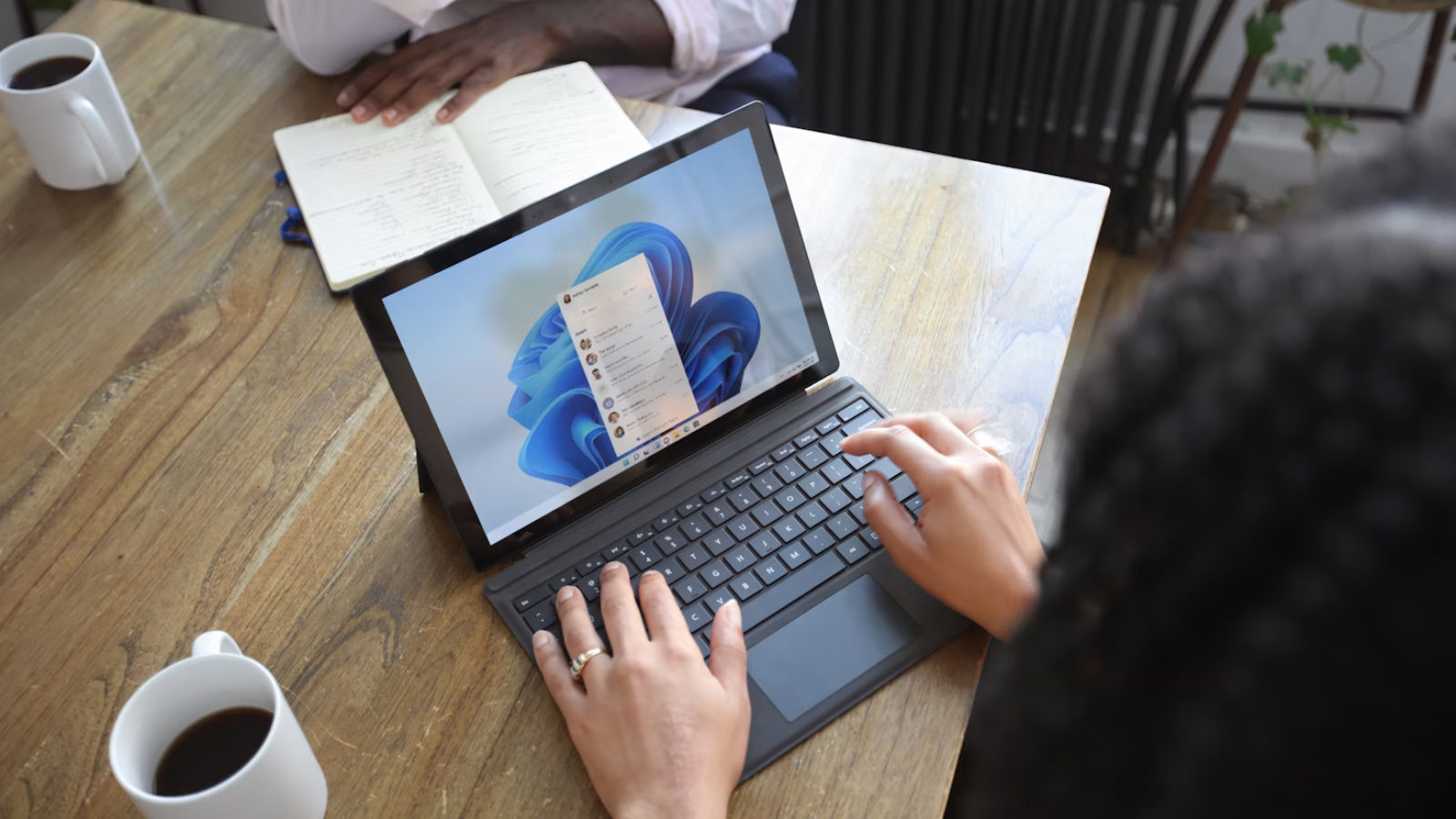
Debloating Windows is quite the tradition among some users, and there are apps out there to make this task easier – and a new version of an existing client takes things further with the ability to strip out AI functionality from Windows 11 (and Windows 10, which also has Copilot).
This is BloatyNosy, an app that has been around for quite some time (it was previously known as ThisIsWin11). Now, there’s a fresh incarnation: BloatyNosyAI.
It’s the first version of the new take on the app – still in preview, officially – and the idea is that it can help ditch AI features from Windows 11.
BloatynosyAI 2.0 is available as a preview 🫥🤓https://t.co/eK2UK0Ydni#Microsoft #Windows11 #Windows12 #AI #Copilot #Bloatynosy pic.twitter.com/b63W93CmBVFebruary 12, 2024
Neowin spotted the launch and tried out BloatyNosyAI, which is handy as the app itself doesn’t make it clear exactly what it can do in terms of Windows 11 AI extraction on its GitHub page.
All the developer, Belim, observes is that the app offers the “ability to remove AI features in Windows” and that: “Plugins can be accessed, for example, via the keyword ‘Plugin’ or ‘AI’ to remove AI in Windows 11/10.”
Neowin tried those keywords – note that the app itself is AI-powered (ironically), which is what the name refers to, as well as debloating AI – and discovered options to remove the Copilot button from the taskbar, or to remove AI from the Edge browser.
The overall philosophy of BloatyNosy is suggested by the name; it’s not just about removing bloat from Windows and speeding it up a touch, but also tweaking privacy settings to combat Microsoft’s ‘nosier’ measures in the OS.
Analysis: Caution first
As already observed, we’d recommend being cautious with this one. It’s interesting to see the new angle and version of BloatyNosy here, but it is still a preview, and this kind of software can have unintended side effects. We’d avoid installing a preview update from Microsoft for Windows 11, let alone a third-party app, just because you never quite know what might go wrong with code that’s still in testing.
Especially when it’s messing around with the internals of Windows 11 (or Windows 10) and stripping out features.
It is, of course, possible to remove Copilot yourself as Neowin pointed out, but that involves fiddling around with the Registry, which is not a recommended pursuit for anyone except the highly tech-savvy.
There are measures you can take to minimize the appearance of Copilot in Windows 11, mind – such as turning off the taskbar icon for the AI, so at least you won’t see it. (Even if that’s hardly the same as removing the assistant from your desktop – or indeed your keyboard where it could set up home in the future).
For now, we’d treat this app purely as an emerging sign of the interest in banishing Copilot from Windows 11, as not everyone wants AI on their PC. Whether Microsoft itself will ever offer an option to strip out Copilot from Windows 11 completely (only available via a Registry hack currently, as mentioned), well, put it this way: we wouldn’t bank on it.
The good news is that Microsoft is making efforts to debloat Windows 11 in one way or another, to some extent, though.







